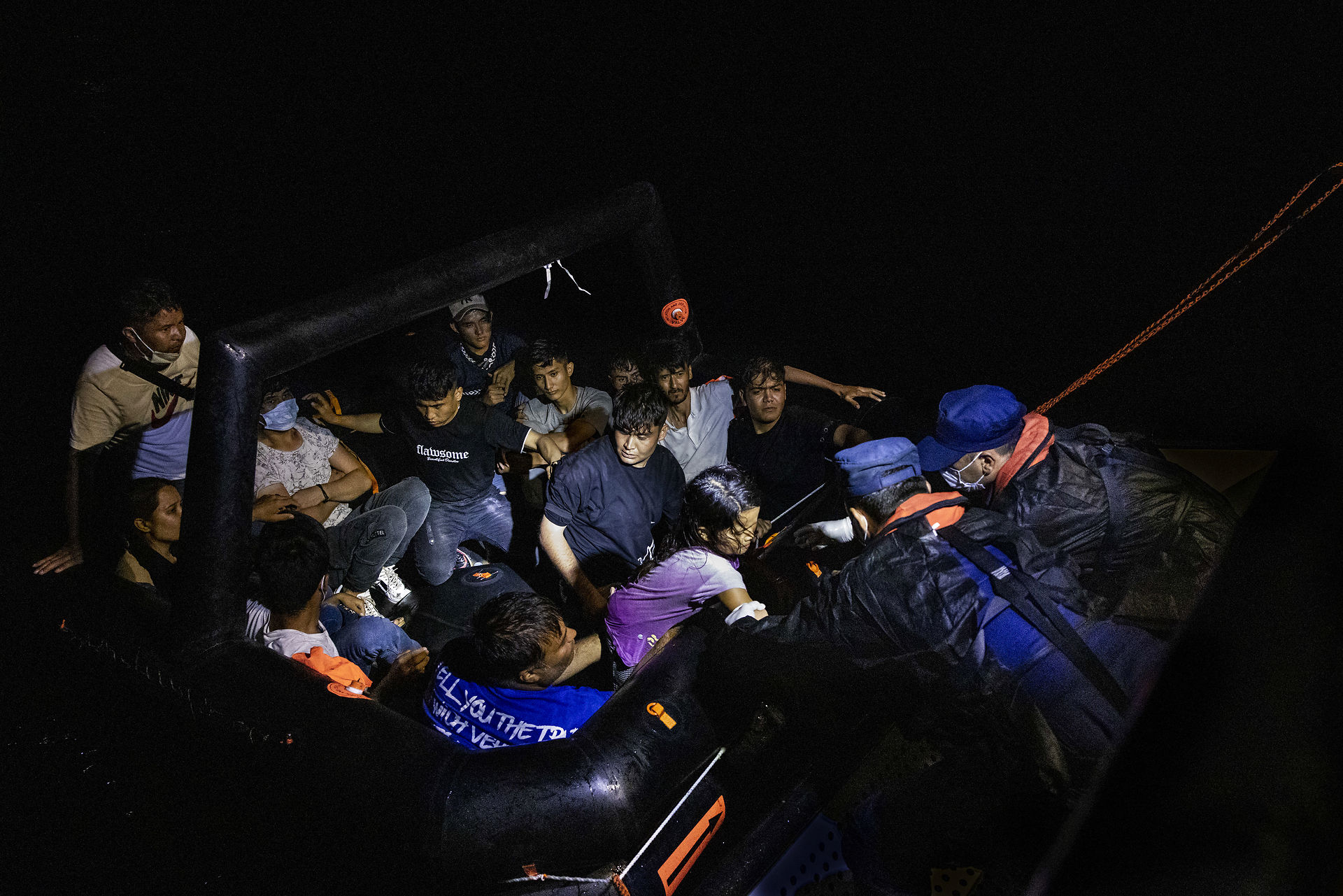Widespread practice
Pushbacks have, since the refugee crisis in 2015, become a widespread practice at European borders.
One of the explanations for the widespread use of this practice is that European states – according to international human rights law – are required to give foreign citizens the opportunity to apply for asylum, when they have first cross the border to a European country.
“This is something European states have agreed to and committed to, but do not like anymore. And now they think they can escape from their responsibility, and reduce the number of refugees on their territories, simply by pushing people away”, Matteo de Bellis, a researcher in migration and asylum from Amnesty International, explains.
A pushback commonly occurs with refugees and migrants being met with threats, force, harassment, or violence by border- or coast guards, when they attempt to cross a European border, or try to reach European waters.
Another pushback method that has been documented, is the removal of refugees and migrants from motorboats onto dinghies without motors, and thereafter leaving them to drift at sea.
Pushbacks can also occur with refugees and migrants being picked up at sea, and thereafter brought back to where they came from before they attempted to cross the border.
There are several actors involved in pushbacks. First and foremost, there are the EU Member States, who themselves manage their external borders on both land and sea.
Beyond that, the EU is itself involved by, amongst others, entering into agreements, that are associated with pushbacks.
The EU has entered into and supported a number of deals, where economic benefits are given to non-EU countries, who in exchange agree to stop migration flows to Europe. The EU has signed such agreements with countries like Turkey and Libya, two countries that refugees and migrants commonly travel to the EU from.
Finally, the European border- and coast guard agency, better known as Frontex, has also been accused of pushbacks. Frontex is responsible for the governance of the Schengen area, where they patrol borders and coasts. NGO’s have documented that the agency has been implicated in pushbacks of at least 957 asylum seekers in the Aegan Sea.



